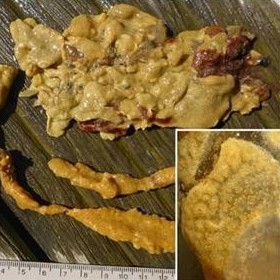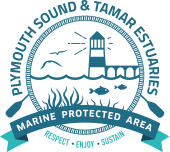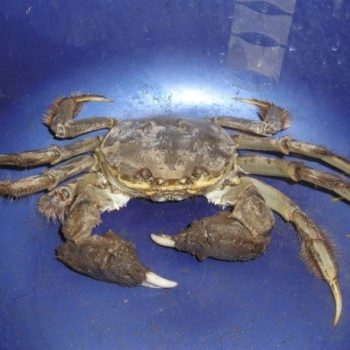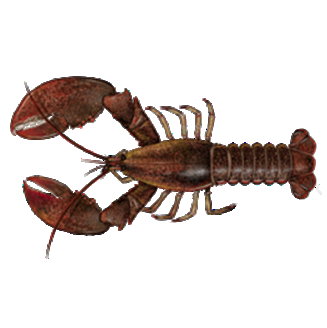
Carpet sea squirt (Didemnum vexillum)
Carpet sea squirt was first recorded in 2008 in Holyhead and has now been recorded at a number of locations in the UK. In the Tamar Estuaries area small colonies have been found on two occasions in a Plymouth marina, these were removed and it is currently believed to be absent from the area, although is present nearby in the river Dart. It forms pale orange, cream or off-white colonies of extensive thin (2-5 mm) sheets and can form long pendulous outgrowths. Colonies can rapidly overgrow other fauna and occupy a substantial proportion of available space. On offshore banks in the USA it has shown very extensive coverage of the seabed, potentially smothering species living in gravel and affecting aquaculture of species such as mussels and oysters. There have been decreases in brittle stars and sea urchins noted in The Netherlands. Eradication has been tried by wrapping affected surfaces in polythene sheets secured with cable ties. This has been effective, although extremely costly, in New Zealand and to some extent in N Wales, causing the encased sea squirt to suffocate and decay within days; this can be enhanced by adding a biocide such as bleach within the plastic wrapping. Repopulation from an unknown source has occurred in N Wales.
Risk of re-introduction to area: HIGH
Environmental risk: HIGH
Economic risk: HIGH
Image: J. Bishop © MBA


